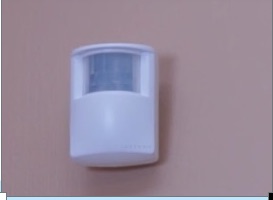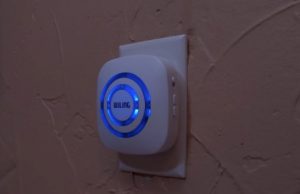Description of the Device
Passive infrared or PIR systems can detect motion from a person or object using an infra red detection. This seems like a high-tech system but is actually a solution to many problems within the home. It can be used to monitor within, or outside of the home and can provide alerts or signals depending on its purpose.
Use of the Device
This device can be used for several types of home safety and comfort options.
Motion sense night lights can be installed in a bedroom can be linked to lamps or nightlights to illuminate hallways and doorways for home mobility at night. This is a simple way to decrease the risk for a fall, especially for individuals who get up frequently during the night.
For more information on Night lights click “Here!”
For further information and purchasing options for MOTION SENSE LIGHTS click “Here!”
The same system can be used to monitor a loved one with memory issues who often leaves bed and becomes disoriented. This system can alert a caregiver or spouse when a person leaves the bed by turning on lights, or making a sound. This setup requires some additional DIY to construct a ‘shade’ so that the alarm doesn’t trigger when the person is rolling or moving while asleep. Contact SAU OT if interested in a system like the one in our video.
The monitors can work as alarms/alerts to tell you someone is outside the door, or is pulling into your driveway. This can be used with an IP camera so you can even see who it is when the alarm sounds. See our link to IP Camera in the Living Room for more information
For further information and purchasing options for DOORBELLS AND DRIVEWAY ALARMS click “Here!”
Temporary conditions
These are simple ‘plug-in’ devices and do not require permanent renovations. They can be used for whatever duration you require.
Cost
The Infra red systems can vary in price from $30-$50+ based on the type and intended purpose of the system.
Support Needs (caregiver)
May require simple set-up by caregiver or Occupational Therapy Professional.
Contraindications for device use
Always ask your OT, physician and care team before purchasing equipment to ensure it is right for you or your loved one.

